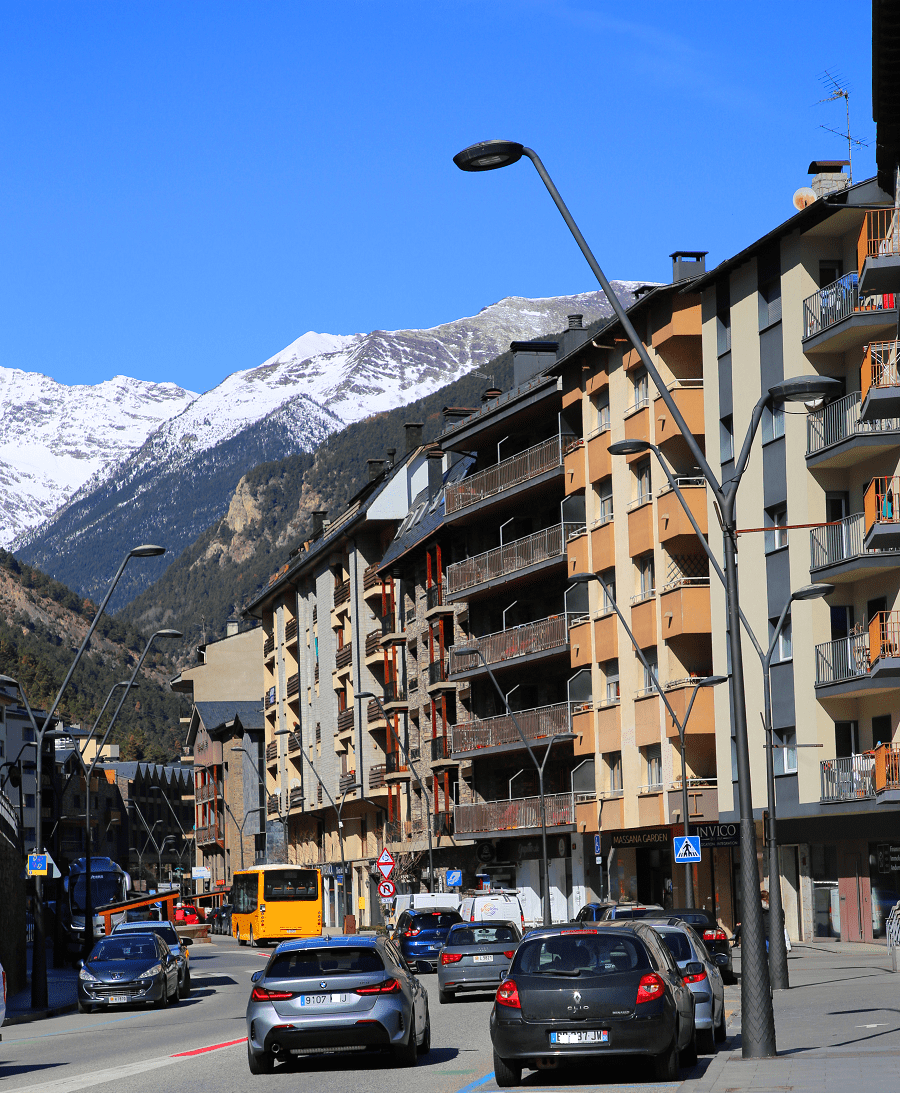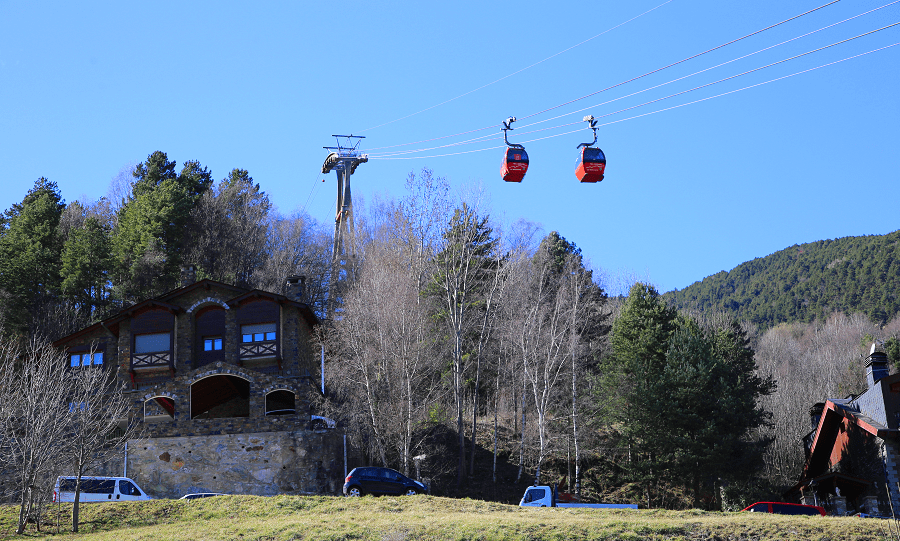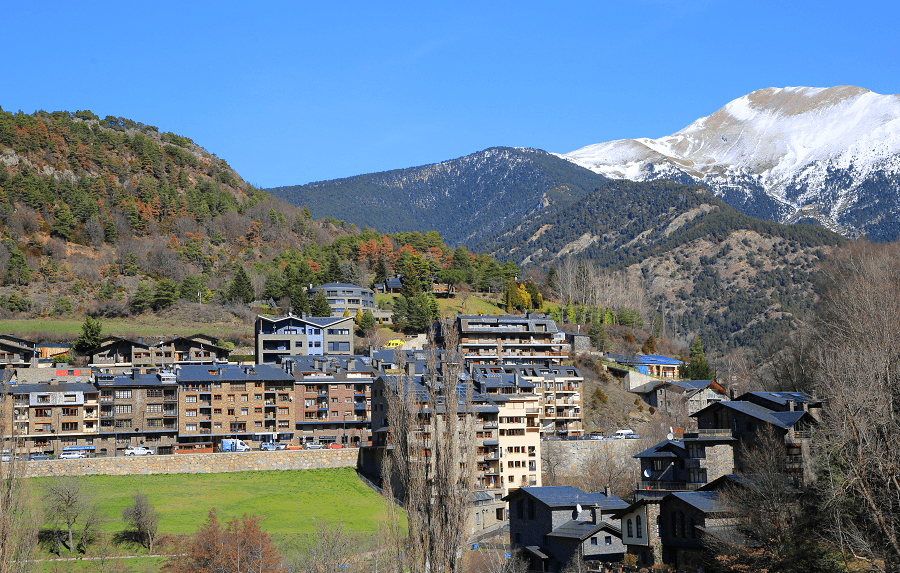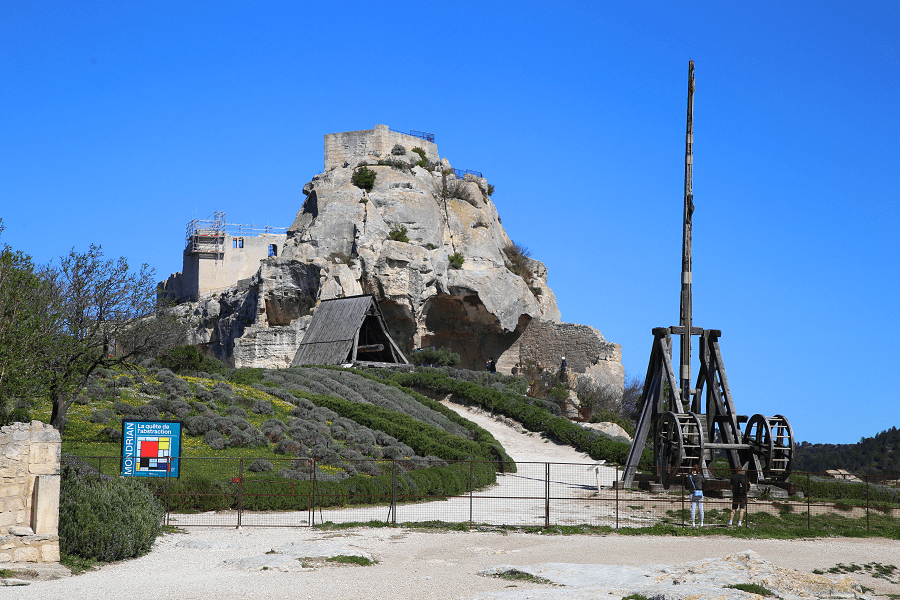La Massana is a parish in the Principality of Andorra (Pyrenees), located in the northwest of the country. It is made up of seven quarters: Pal, Arinsal, Erts, Sispony, Anyós, Aldosa de la Massana, and Massana, capital of the parish. It also includes six other urban centers; the Puiol del Piu, Escàs, the Plans, the Mas de Ribafeta, Xixerella and the Pui.
The town of La Massana (1,240 m altitude) is located at the confluence of the Arinsal or Erts river with the Ordino river in about 10 minutes by car from the capital (Andorra la Vella). The old town is presided over by the parish church of Sant Iscle and Santa Victòria de la Massana. The name of the Massana comes from the Latin mattianam, a variety of sour apples.
Today, La Massana retains some beautiful old houses with wooden and iron balconies, but new buildings predominate even in the old and crowded town center. The surroundings are full of buildings and modern apartment houses, residences, hotels and quite a few shops that have given new life to the place.
The proximity to the capital and the ski infrastructure has contributed to rapid development of the city from a tourist point of view. There no ski slopes in the capital of La Massana, but the lift enables access to infrastructure of Vallnord ski resort (the second largest ski resort of Andorra after Grandvalira) for 5 minutes.
The highest point of Andorra — Coma Pedrosa peak (Comapedrosa) is located in La Massana parish. From this mountain one can look over the Pyrenees towards France and Spain for many miles.
Main attractions, architecture and what to see?
Sant Climent de Pal Church. Pal is one of the villages of Andorra that managed to preserve the architectural heritage of the Principality in the best way. From 1997 the architectural objects that present historical value are under the security of the state.
Sant Cristofol d’Anyos Church was built in the highest peak of Anyos city, at the small tableland; it has got the view to two parroquies at a time: Escaldes-Engordany and La Massana with Syspony. Though the church was rebuilt several times, its architectural style and a small size of the building witnesses that it dates back to the XII century.
Sant Antoni de la Grella Bridge – previously this bridge presented the only way to get to La Massana. It linked the banks of the Valira river in the north of the Principality. The bridge was built in the Medieval period and was reconstructed in the XX century.
Museums of La Massana
La Massana Comic Museum demonstrates its visitors bright art of famous comic authors. It is possible to attend permanent exhibition of such famous artists as Antonio Bernal, Alfonso Font, Philippe Xavier. Every Thursday from 18.30 till 20.30 the museum organizes workshops, aimed at the visitors, older than 12 years. The participants may get acquainted with the techniques and try themselves in the roles of artists.
Romanesque Andorra Interpretation Centre —by means of visual interpretations the Center opens its visitors new horizons in discovering and learning the evolution of Andorran churches architectural style. A huge screen demonstrates ancient arch with the elements of mural paintings of Sant Esteve Church ( XII century), built in Andorra la Vella, colorful wooden altar of Sant Roma de Vila Church (XIII century) and the wreath of Sant Serni de Nagol church (XIII century).
The center is open for individual visits, excursions require preliminary bookings. There are educational programs for children in the schedule.
Casa Rull House Museum – is one of the most interesting places for those who are interested in the history of Andorran settlers of the end of IX—the beginning of XX centuries. The house, where the museum is functioning today, was built in the XVII century and presents a classical example of the average family of Andorran farmers. The house has got three floors and the attic that was reconstructed after the fire in the XIX century.
It is necessary to book guided tours in advance. There are advertising and educational events for the students.
How to get to La Massana?
From Paris: 9 hr 15 min (859 km) via A20
From Barcelona: 2 hr 37 min (197 km) via C-16
From Lleida: 2 hr 16 min (149 km) via C-14
From Madrid: 6 hr 47 min (616 km) via A-2
From Toulouse: 2 hr 43 min (183 km) via N20
From Perpignan: 2 hr 49 min (169 km) via N116 and Eix Pirinenc/N-260
From Monaco: 7 hr 38 min (673 km) via A8
From Moscow: 39 hr (3,598 km) via E30/M1
From Belgrade: 21 hr 41 min (1,971 km) via E70
From Istanbul: 31 hr (2,925 km) via E70
From Bern: 9 hr 57 min (931 km) via A9
Main information
Area: 65 sq. km (total)
Altitude above sea level: 1230 m
Population: 11.591
Coordinates: 42° 32′ N, 1° 31′ EE
Language: Catalan, Spanish, French
Currency: Euro
Visa: Schengen
Time: Central European UTC +1
See here Pyrenees travel guide
See here France travel guide
See here Spain travel guide
See here Andorra travel guide
























